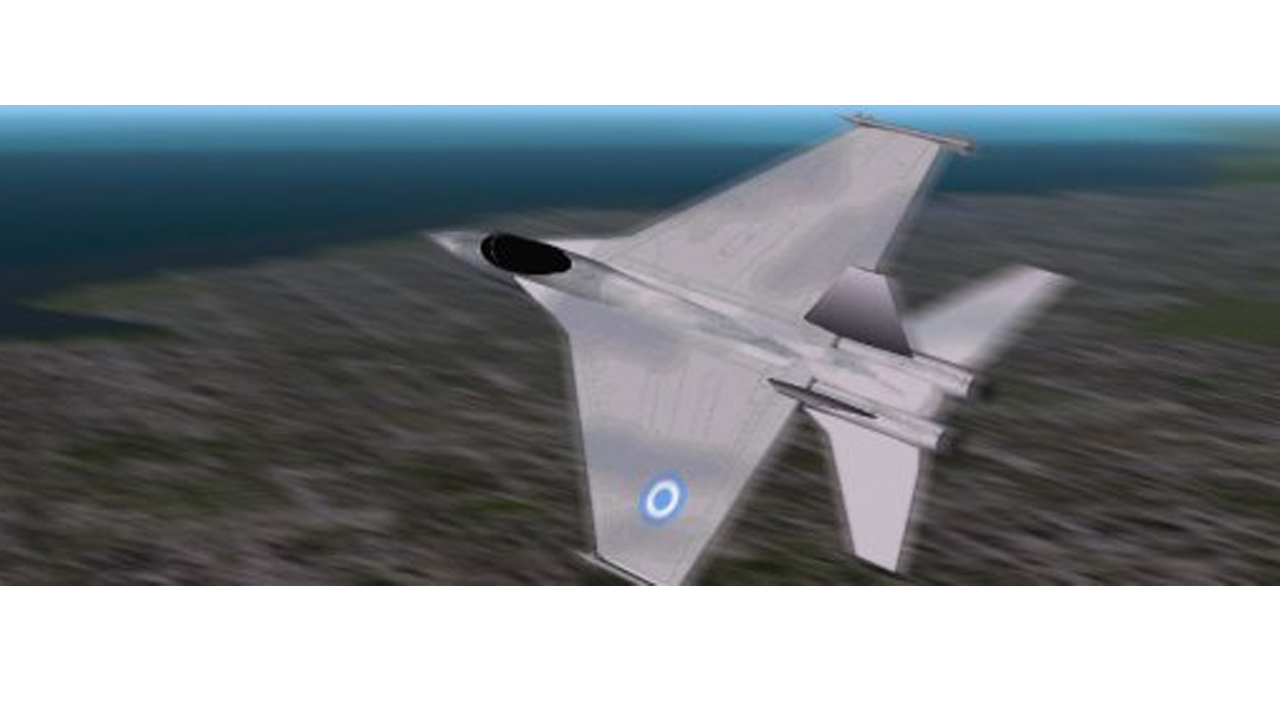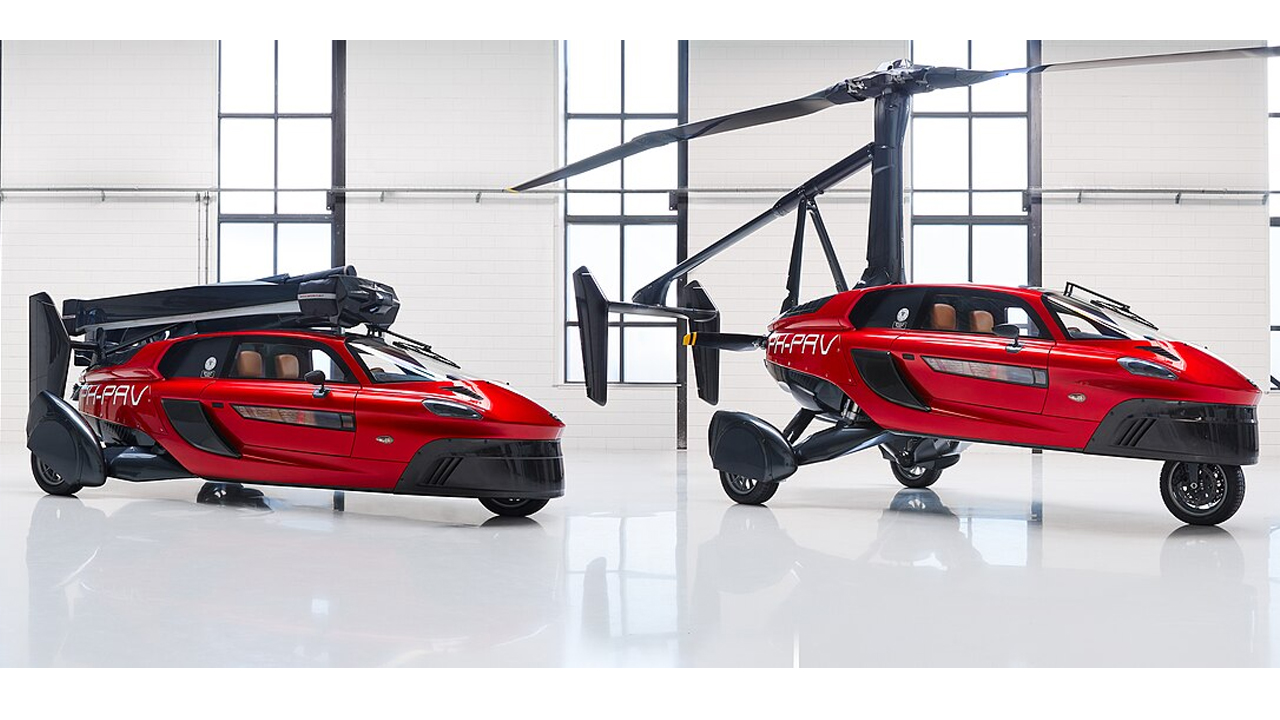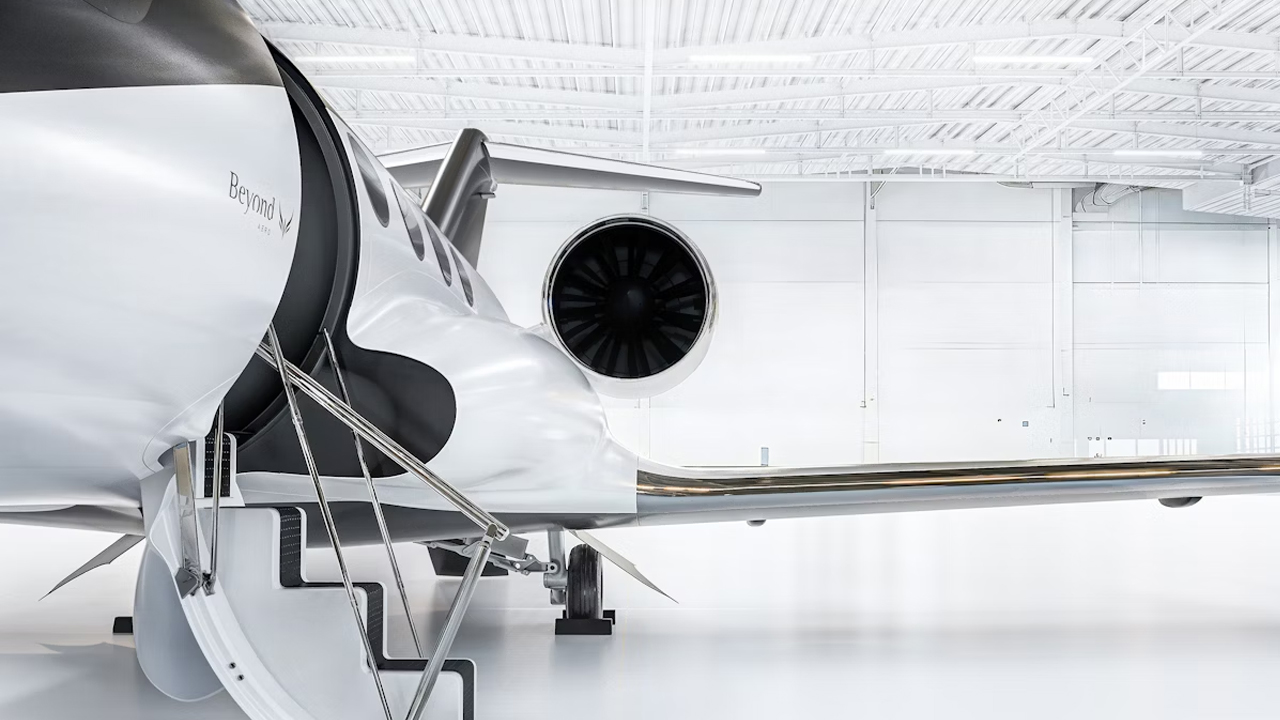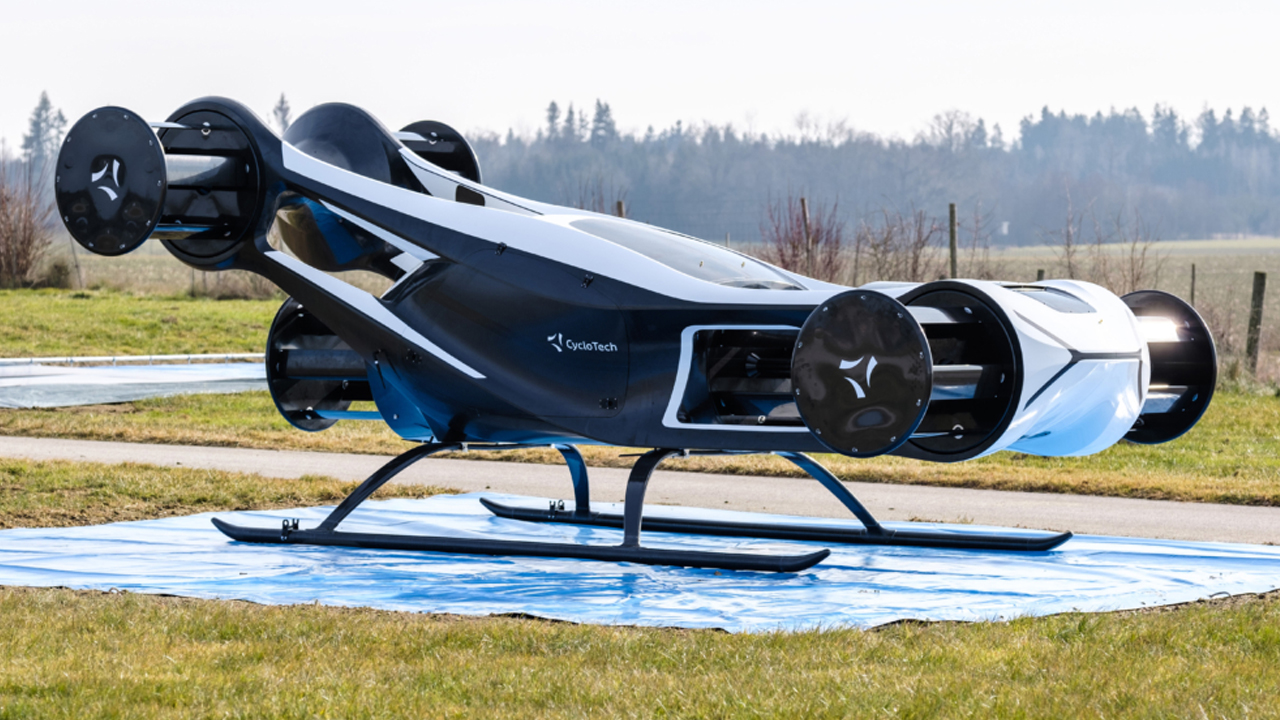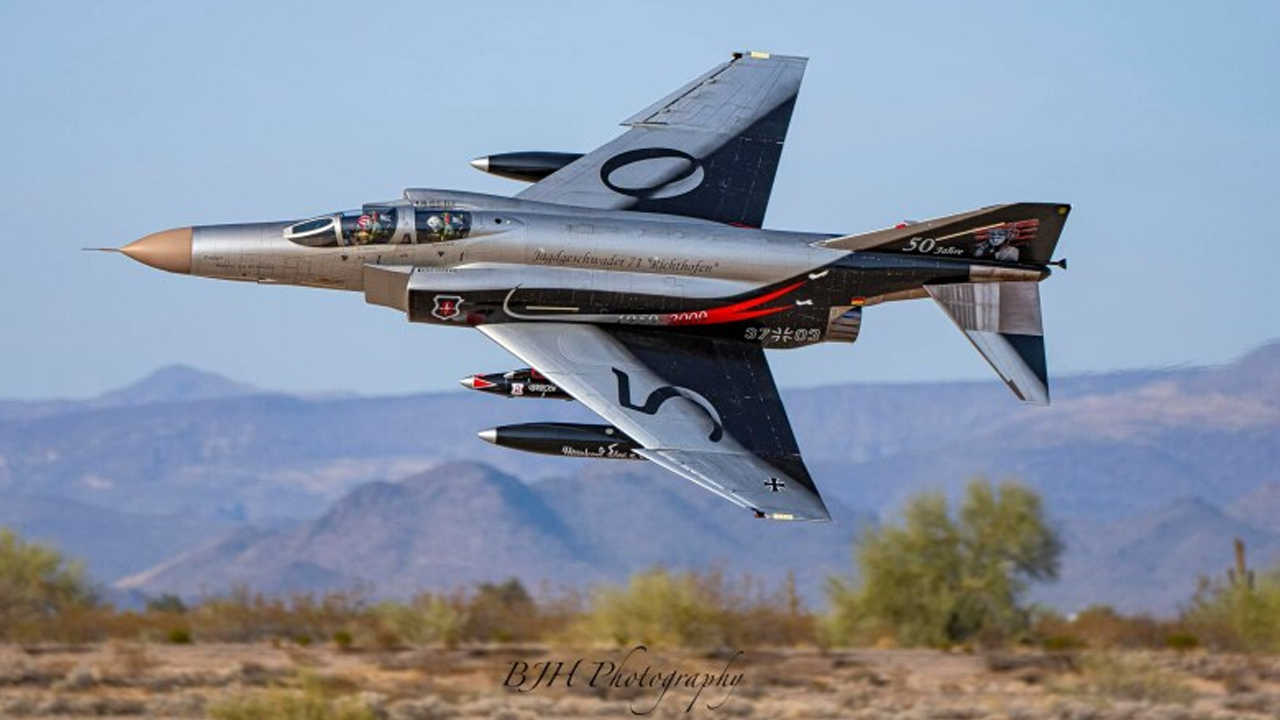In the mid-1980s, Argentina embarked on an ambitious endeavor to develop a cutting-edge air-superiority fighter: the FMA SAIA 90. Designed in collaboration with Germany’s Dornier, this aircraft aimed to rival the agility and performance of contemporary fighters, including the renowned F-16. Despite its promising design, the project was ultimately shelved before any prototypes took flight.
A Vision of Aerial Supremacy
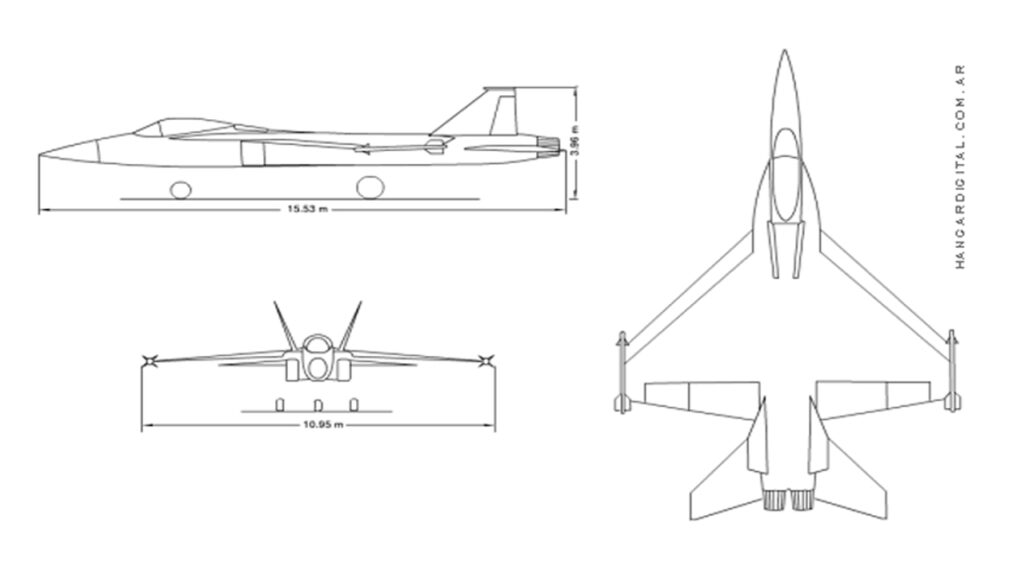
The SAIA 90 was envisioned as a lightweight, twin-engine fighter emphasizing agility and advanced technology. Its design incorporated stealth features, advanced avionics, and a high thrust-to-weight ratio. The extensive use of composite materials aimed to reduce weight while enhancing structural integrity. Notably, the aircraft’s maneuverability was projected to achieve turn rates comparable to, or even exceeding, those of the F-16.
With its high angle-of-attack capabilities and rapid acceleration, the SAIA 90 was expected to compete with America’s benchmark fighter in aerial agility, offering a possible advantage in dogfight scenarios.
Challenges and Cancellation
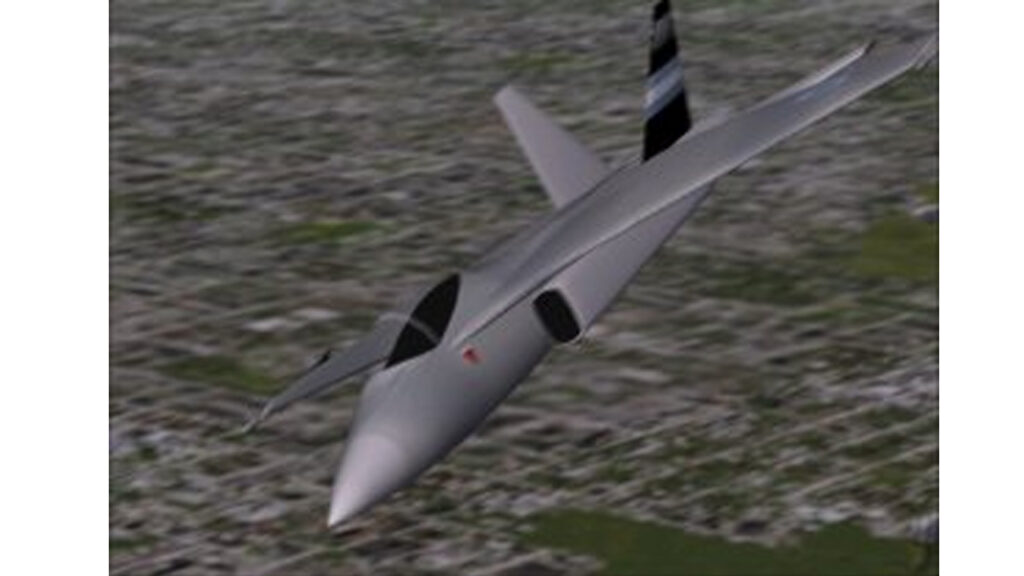
Despite the promising concept, the SAIA 90 ran into significant financial and logistical roadblocks. Argentina’s economic instability in the late 1980s made it difficult to sustain long-term defense projects, and there were ongoing challenges in securing a reliable engine supplier and finalizing its avionics systems.
Efforts to establish international partnerships to split the costs didn’t yield concrete outcomes, and shifting defense budgets ultimately led to the program’s demise. Argentina later turned to more accessible alternatives to modernize its fleet.
Legacy and Lessons Learned
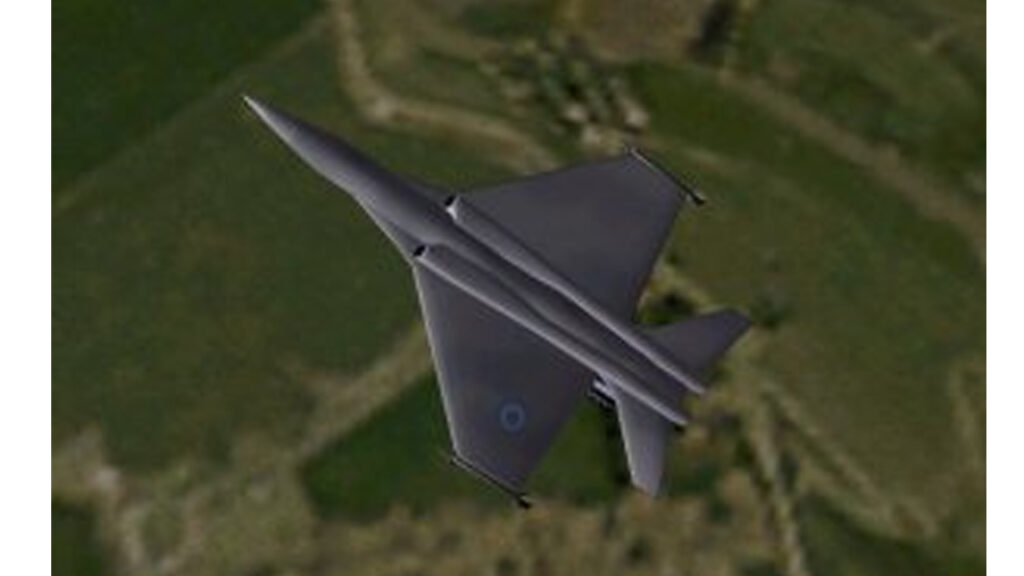
Though the SAIA 90 never left the drawing board, it remains a bold example of Argentina’s attempt at domestic aerospace innovation. The project fostered technical experience and showed the potential of Latin America’s aerospace industry when paired with global collaboration.
The cancellation reflects the harsh reality for nations attempting to build indigenous fighter programs from scratch, especially without consistent political and financial backing. But the lessons learned from the SAIA 90 remain relevant for future defense ambitions.


